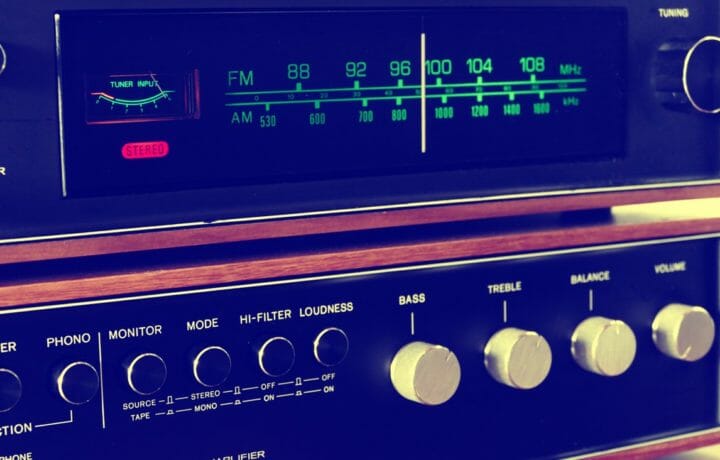Even in the internet era where members of ISIS and other terrorist groups have been found to use Sony’s PlayStation 4 as a communication tool, one relic of the Cold War is still very much active. It is the “numbers station,” a shortwave radio station that broadcasts seemingly random number sequences – only the numbers reveal a code that spies use to receive messages from their governments.
The numbers were used with a “one-time pad” encryption, and thus nearly impossible to crack without a code book. Unlike other forms of encryption, the numbers were broadcast in the clear on the shortwave band, which is well above the normal AM/MW frequencies.
While number stations are largely associated with the Cold War, this form of communication actually dates back more than 100 years when the first messages may have been sent to Archduke Anton of Austria during the First World War. The stations saw use during the Second World War and then really picked up during the Cold War. The reason was that short wave signals – unlike AM or FM radio – can be sent vast distances.
Numbers Stations and WWII
During World War II numbers stations were also used alongside regular radio stations, notably by the BBC, as way of sending information to agents in occupied Europe. However, messages sent in code on the BBC had disadvantages over messages sent by number stations.
“The types of messages known to have been communicated by the BBC were often simple code phrases which corresponded to pre-agreed instructions or messages,” explained Lewis Bush, author of the Cold War study Shadows of the State.
“That obviously limits what instructions can be sent without contacting agents by other means to provide them with new code phrases and corresponding instructions,” Bush told ClearanceJobs. “By comparison messages in cipher like those sent by numbers stations can consist of any sort of message, and so in a way it is much more flexible.”
Cold War Tech in the 21st Century
Over the past century number stations really haven’t “evolved” much, if at all. The format has remained fairly similar with transmissions of numbers beginning on the hour or half-hour. Many stations offer a brief identifier in the form of radio-alphabet “code names” – such as Alpha Bravo Oscar – following by a characteristic phrase, usually ‘attention’ or something similar in the relevant language.
The numbers are typically spoken in the clear by a monotone male or female with almost no emotion in the voice. Following the message, stations sign off with an “end of message.” During the Cold War, those messages believed to have originated from the Soviet Union tended to end with a string of zeros. Not all the number stations were actually transmitting to agents during the Cold War, however. Some were in essence decoy stations.
“There is evidence that some numbers stations did not communicate legitimate messages but may instead have broadcast meaningless text,” said Bush. “The reasons for this are less clear, some might have been for training purposes, but it would also make sense that doing this would be an effective way to encourage your opponent to waste resources monitoring your communications and perhaps even encourage them to spend time hunting for non-existent spies.”
The strangest part of the history is that most government agencies that would use them – think the CIA, MI-6, FSB (formerly the KGB) or others – will deny numbers station exist or ever existed. During the Cold War plenty of short wave radio hobbyists would beg to differ – and the really fascinating thing is that the stations are on the air today!
The good news is that for those who want to tune-in, a short wave radio isn’t even required. Here is where the technology has gone high tech. The University of Twente in the Netherlands maintains a web-based software radio.
Priyom.org, an international group that monitors shortwave intelligence and military communications, even publishes a list of active shortwave stations and maintains a listing of known schedules of broadcasts. The group has cataloged interesting activity.
Given that shortwave can be monitored online, and the fact that number stations could be considered a Cold War relic, the question can be asked: Why are numbers stations still used? The best answer is that number stations were reliable and with an unbroken code book. That has advantages over communication through the internet.
“Anything new is also by definition untested and therefore potentially risky, and internet communications are well known to be quite traceable, although it is also used for covert communications,” said Bush.
“By contrast something which has been around for a long time and only really requires equipment as unsuspicious and affordable as a radio is a very safe option,” he added. “The risks are clear and well known, and there is less likelihood of unexpected surprises.”




